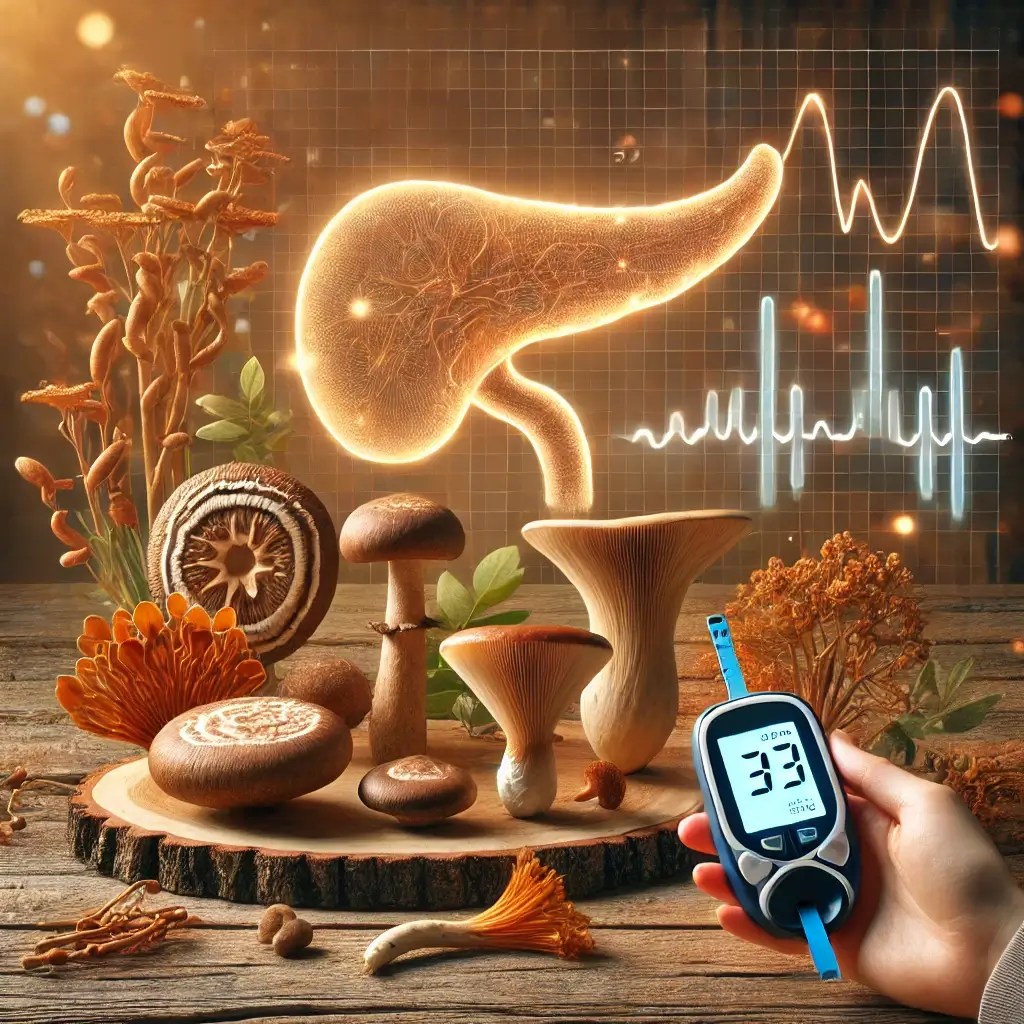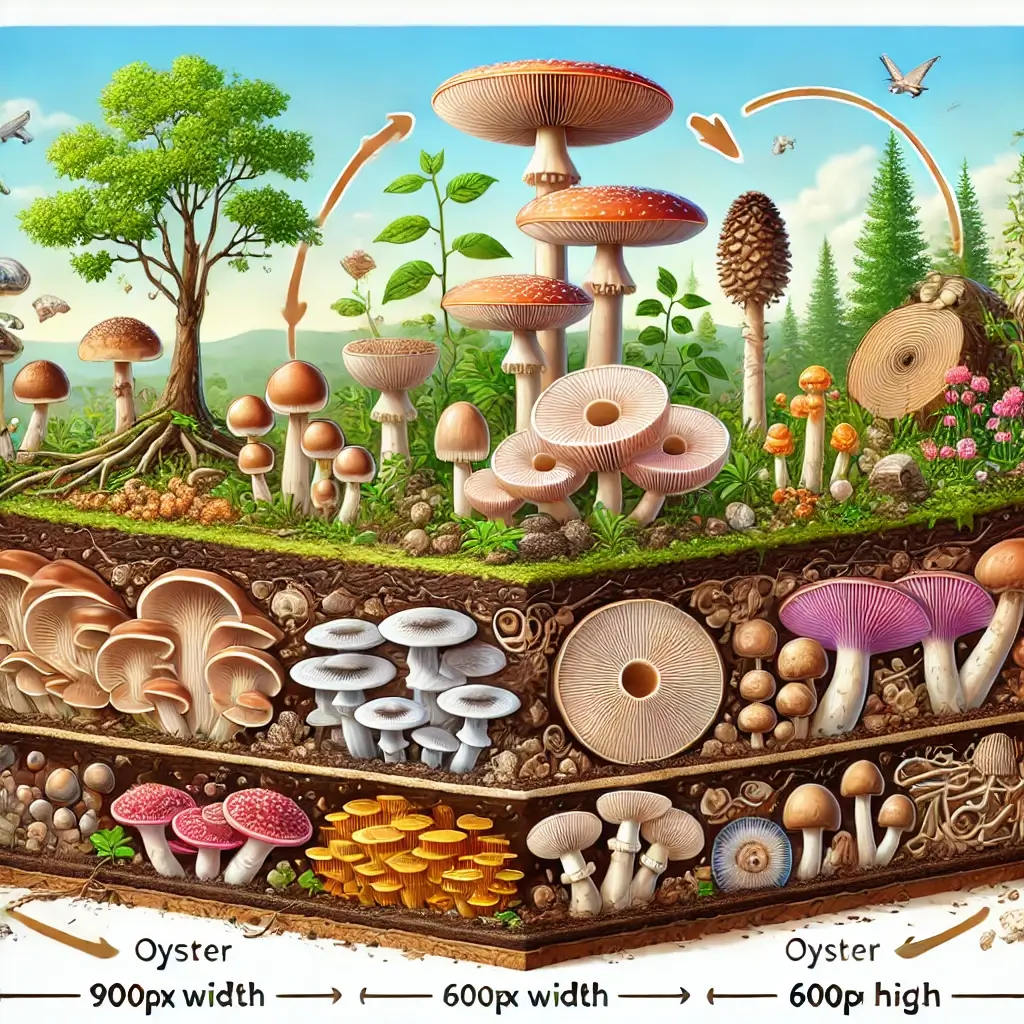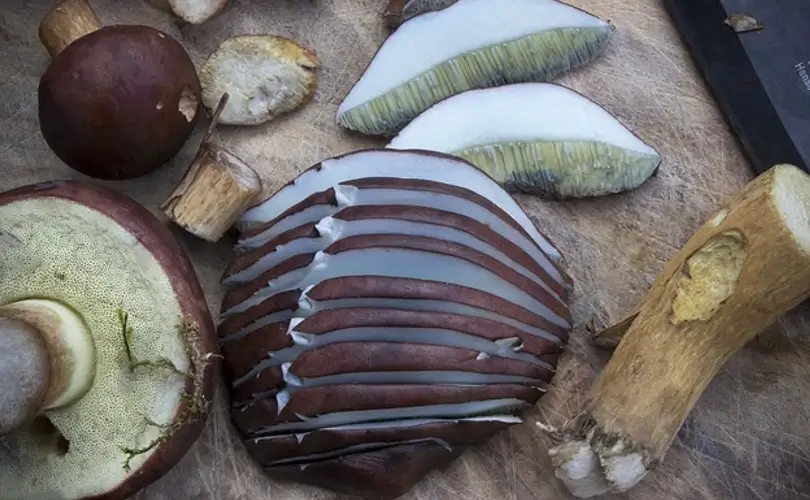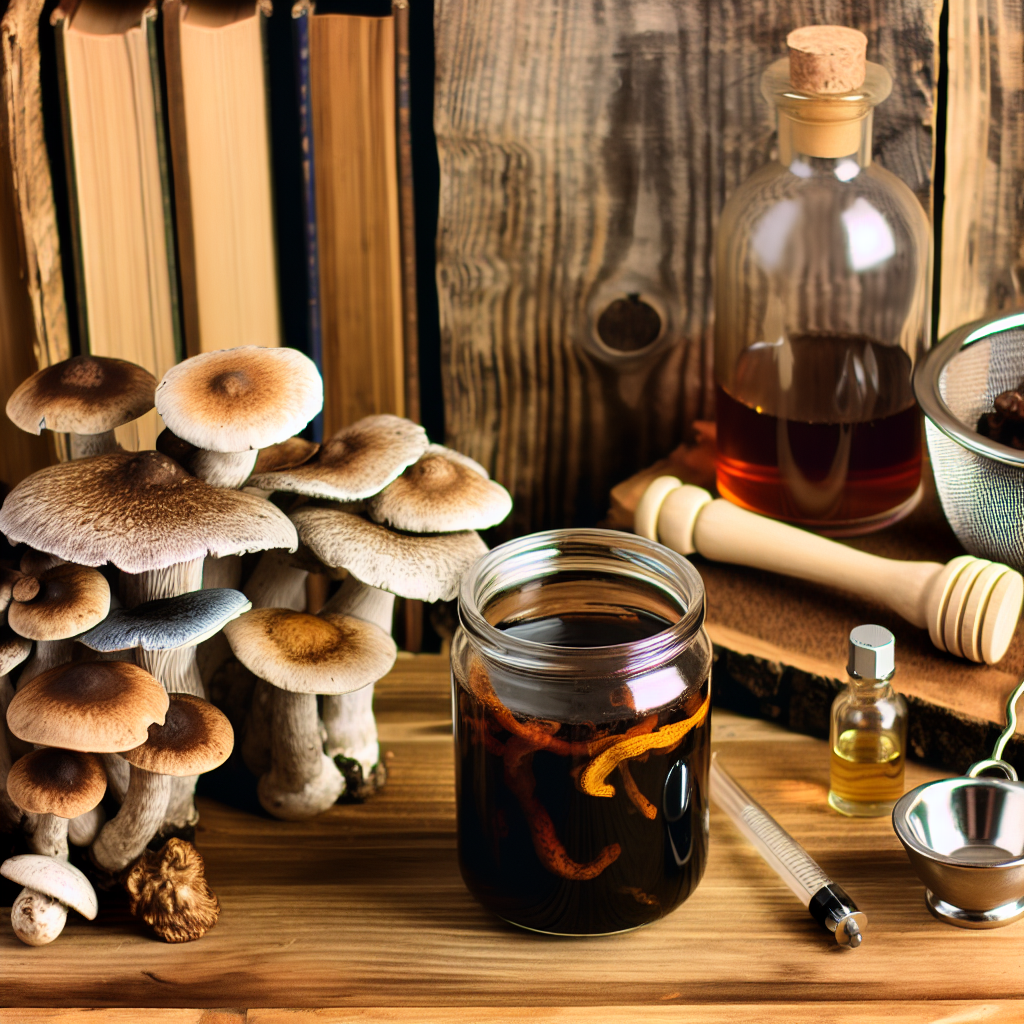The Foundation of Bodily Energy Systems
Maintaining blood sugar management is crucial to the healthy operation of our body systems. The body’s main energy source is glucose, a kind of sugar. On the other hand, abnormal blood glucose levels can be harmful to human health.
The Pancreas: Your Blood Sugar Control Center
An essential component in controlling blood sugar levels is the pancreas. It generates the hormone insulin, which enables cells to take up glucose from the blood and utilize it as fuel. Following a meal, when blood sugar levels rise, the pancreas produces insulin to aid in the movement of glucose from the blood into cells. Additionally, insulin tells the liver to store extra glucose as glycogen for use at a later time.
The Balancing Act of Blood Sugar Regulation
On the other hand, when blood sugar levels fall, the pancreas produces glucagon, a different hormone that encourages the liver to release glucose back into the circulation after converting glycogen back into the former. This gives the body energy and helps to elevate blood sugar levels.
When Blood Sugar Regulation Goes Awry
However, insufficient insulin production by the pancreas or insulin resistance in cells can lead to issues with blood sugar management. This may result in hyperglycemia, a state of elevated blood sugar that over time may harm tissues and organs. Conversely, hypoglycemia, or low blood sugar, can result in symptoms including shakiness, disorientation, and even unconsciousness.
Natural Solutions from Medicinal Fungi
Blood sugar levels can be regulated with the use of several medicinal mushrooms. For people who have diabetes or are at risk, this is crucial since long-term exposure to high blood sugar levels can harm organs and blood vessels.
Top Mushroom Varieties for Glycemic Control
The following are a few of the most often used medicinal mushrooms for controlling blood sugar:
Reishi mushroom: Studies have indicated that reishi mushrooms lower blood sugar and enhance insulin sensitivity.
Shiitake mushrooms: Studies have indicated that lentinan, a substance found in shiitake mushrooms, can reduce blood sugar and increase insulin sensitivity.
Maitake mushroom: Studies have indicated that the alpha-glucosidase inhibitor found in maitake mushrooms can reduce the pace at which carbs are absorbed and avert blood sugar surges following meals.
Cordyceps mushroom: Studies have indicated that cordyceps mushrooms lower blood sugar and enhance insulin sensitivity.
Practical Ways to Incorporate Fungal Medicine
There are several methods to take medicinal mushrooms, such as extracts, powders, teas, and capsules. They can be included in meals and beverages as well.
Important Medical Considerations
It is crucial that you see your doctor before using medicinal mushrooms to control blood sugar. Before using medicinal mushrooms, it’s crucial to understand the possible hazards and advantages as certain drugs may interact with them.
Limitations of Natural Approaches
It’s also critical to understand that medicinal mushrooms cannot treat diabetes. It’s critical to adhere to your doctor’s recommended course of care and take your prescriptions on time if you have diabetes.
Holistic Approaches to Glycemic Balance
For general health and welfare, blood sugar levels must be kept within healthy ranges. A balanced diet, frequent exercise, and regular blood sugar monitoring can all support healthy blood sugar management and help ward off problems brought on by hyperglycemia or hypoglycemia.
Lifestyle Modifications for Optimal Blood Sugar
Additional actions to help stabilize your blood sugar levels include the following:
Consume a diet rich in fruits, vegetables, and whole grains to maintain good health. Minimize sugar-filled beverages, processed meals, and harmful fats.
Engage in regular exercise: Try to get in at least 30 minutes a day, most days of the week, of moderate-intense activity.
Keep your weight in check: Being overweight might make it harder to regulate your blood sugar.
Get adequate rest; try to get 7-8 hours per night.
You can lessen your chance of acquiring diabetic complications by making efforts to maintain blood sugar equilibrium.
References
1. Chang CJ, Lin CS, Lu CC, et al. Ganoderma lucidum reduces obesity in mice by modulating the composition of the gut microbiota. Nat Commun. 2015;6:7489.
2. Zhang Y, Li S, Wang X, et al. Advances in lentinan: Isolation, structure, chain conformation and bioactivities. Food Hydrocoll. 2011;25(2):196-206.
3. Konno S, Tortorelis DG, Fullerton SA, et al. A possible hypoglycaemic effect of maitake mushroom on Type 2 diabetic patients. Diabet Med. 2001;18(12):1010.
4. Lo HC, Tu ST, Lin KC, Lin SC. The anti-hyperglycemic activity of the fruiting body of Cordyceps in diabetic rats induced by nicotinamide and streptozotocin. Life Sci. 2004;74(23):2897-2908.
5. American Diabetes Association. Standards of Medical Care in Diabetes. Diabetes Care. 2021;44(Supplement 1).

Dominic E. is a passionate filmmaker navigating the exciting intersection of art and science. By day, he delves into the complexities of the human body as a full-time medical writer, meticulously translating intricate medical concepts into accessible and engaging narratives. By night, he explores the boundless realm of cinematic storytelling, crafting narratives that evoke emotion and challenge perspectives. Film Student and Full-time Medical Writer for ContentVendor.com




